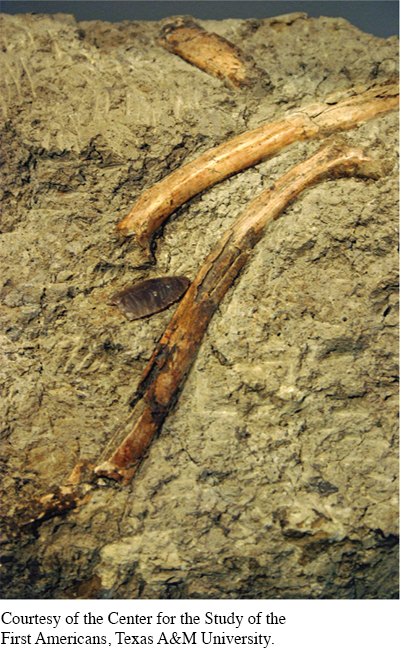The American Promise: Printed Page 5
The American Promise, Value Edition: Printed Page 6
The American Promise: A Concise History: Printed Page 7
Paleo-Indian Hunters
When humans first arrived in the Western Hemisphere, massive glaciers covered most of present-

Early Paleo-
About 11,000 BP, Paleo-
The American Promise: Printed Page 5
The American Promise, Value Edition: Printed Page 6
The American Promise: A Concise History: Printed Page 7
Page 7Paleo-
The American Promise: Printed Page 5
The American Promise, Value Edition: Printed Page 6
The American Promise: A Concise History: Printed Page 7
Page 8These post-
REVIEW Why and how did Paleo-